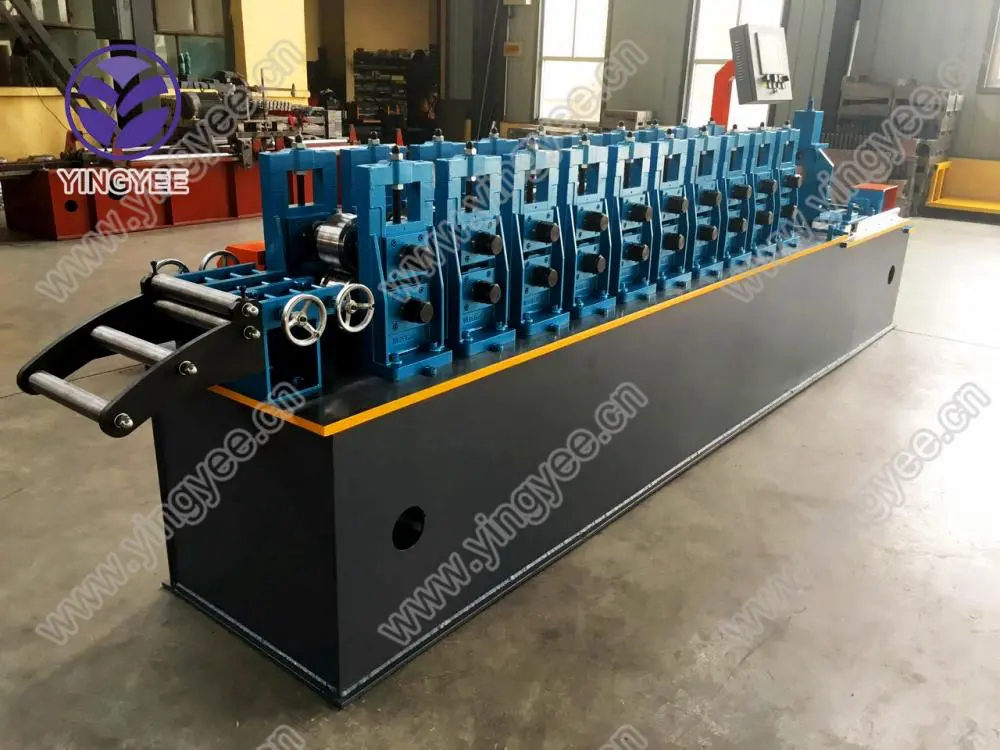
The Impact of Discontinuing PU Foam Production Lines
Polyurethane (PU) foam has been a cornerstone material in various industries, ranging from automotive to furniture and thermal insulation. However, the recent decision by several manufacturers to discontinue certain PU foam production lines has raised significant concerns among stakeholders. This article delves into the reasons behind this shift, its implications, and the potential future of alternatives.
Factors Leading to Discontinuation
The discontinuation of PU foam production lines stems from multiple factors. One of the primary reasons is the increasing awareness regarding environmental impact. Traditional PU foam production utilizes petroleum-based chemicals, which contribute to carbon emissions and the depletion of nonrenewable resources. As global governments and regulatory bodies tighten environmental regulations, many manufacturers have found it increasingly challenging to reconcile their production methods with sustainability goals.
Cost considerations also play a vital role. The production of PU foam has become more expensive due to fluctuating raw material costs and stricter environmental regulations. Manufacturers are often faced with the difficult choice of either increasing the price of their products or absorbing the costs, which can diminish profit margins. Consequently, many companies have opted to discontinue less profitable lines in favor of more cost-effective and environmentally friendly alternatives.
Implications of the Shift
The discontinuation of specific PU foam production lines can have significant ramifications across various sectors. For manufacturers who rely heavily on PU foam, the lack of available products can disrupt production processes and supply chains. This could lead to increased lead times for customers and a potential rise in prices for alternative materials.

Moreover, the workforce may be affected. Employees involved in the production of discontinued lines may find themselves at risk of layoffs or redeployment to other sectors. This shift could further strain local economies, particularly in regions where PU foam manufacturing was a significant source of employment.
Future Perspectives
Despite the challenges posed by the discontinuation of PU foam production lines, this shift opens the door for innovation and development in alternative materials. For instance, bio-based foams derived from natural sources are gaining traction. These materials offer a more sustainable option without sacrificing performance. Advancements in research and development could lead to the emergence of new products that meet market demands while aligning with ecological concerns.
Additionally, businesses may invest in enhancing recycling processes for PU foam, aiming to minimize waste and improve sustainability. Innovations such as chemically recycling PU foam back into its original components could provide a circular economy solution, making PU products more environmentally friendly and economically viable.
Conclusion
The decision to discontinue PU foam production lines is not merely a reflection of industry trends but a response to the pressing need for sustainability and cost efficiency. While this shift poses significant challenges, it also presents opportunities for growth, innovation, and the advancement of alternative materials. As the industry adapts to these changes, ongoing collaboration among manufacturers, researchers, and policymakers will be essential to navigate the transition towards a more sustainable future.